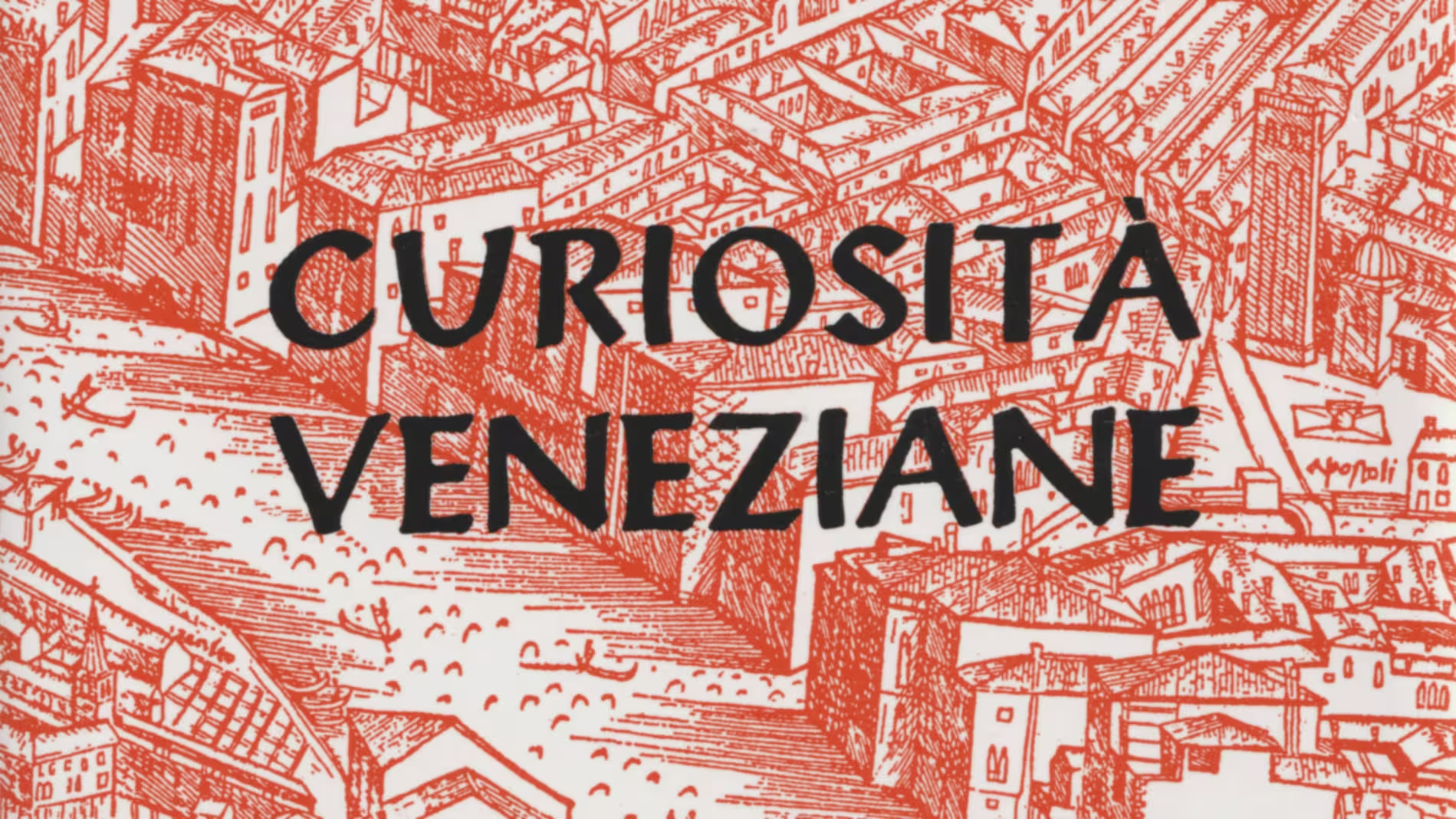Frezzarìa (piscina, ramo di) in S. Marco
Curiosità Veneziane by Giuseppe Tassini is the go-to book for information on Venetian toponyms, and a treasure trove of curious historical titbits. First published in 1863, it is still being reprinted regularly.
There is no English translation of the book, so I will translate selected entries on this site, whenever they’re used as sources for articles.
Frezzarìa (piscina, ramo di) in S. Marco. The Frezzeria, or Frezzaria, known in Sabellico as vicus sagittarius, had this name, as Marin notes, because arrows were sold there. In fact, a Giacomo de Zuane frezer, and a Bartolomeo de Zuane frezer from the parish of S. Moisè, to which the Frezzeria was subject, were found inscribed, the first in 1471 to the Scuola Grande di S. Marco, and the second in 1473 to that of S. Giovanni Evangelista. Furthermore, many frezeri died in the same parish in 1576, the time of the plague. Some fourteenth-century laws let us know that the Venetians were obliged to practice shooting the crossbow, and that the capi contrada had to enrol all the men in their district from 16 to 35 years old, divide them into groups, and send them, once a week, the plebeians on a feast day, and the nobles on another day, for target shooting. These gatherings were made to the sound of a special bell, it being established that the main place of the exercise was the beach on the Lido with a prize proposed by the dominio. After noon, certain boats, known as ganzaroli, were ready for transport in the Piazzetta, which were rowed by the same archers. Also in the sixteenth century shooting practice was on the Lido, and, as Sanudo notes, that on 3 June 1514 it was decided to shot with bows instead of with crossbows because the crossbow arrows were not perfect. Subsequently, however, by decree of the Council of Ten, they began to shoot with shotguns and arquebuses, until, the way of warfare having completely changed, only firearms practice remained in force, which were done especially by the bombardieri on the Lido, as well as in special places of the city.
We read in the Diaries of Sanudo: 12 July 1518. In this day at 12 noon a fire started in Frezzaria where the hatters are, and 5 houses belonging to s. Antonio Zustinian were burnt down.
In Frezzeria, under the sign of the Sun, there was the workshop of Giacomo Franco, famous copper engraver and chalcographer, born in 1550. On 12 June 1620 he testified in the parish of S. Moisè in the deeds of the notary Fausto Doglioni, leaving some memories to the painters Tizianello and Palma il Giovane. He died on the successive twenty-eighth.
In the Frezzeria, and precisely in the house above the Giudica colonial shop, and which was later the residence of the lawyer Avesani, Lord Byron stayed with a cloth merchant, whose wife was the first purpose of his love affairs in Venice. Under the portico, next to the Piscina di Frezzeria, on 14 June 1859, a soldier on Austrian pay killed a boy named Luigi Scolari with his musket, on the occasion of the tumult aroused among the people at the false announcement that Venice was about to be liberated. In 1867, an offensive epigraph to the Austrians was placed in the place of the event, which the prudence of Senator Torelli changed into what is currently seen.
For an explanation of the name Piscina see Piscina or Pedrocchi (Calle).


Leave a Reply